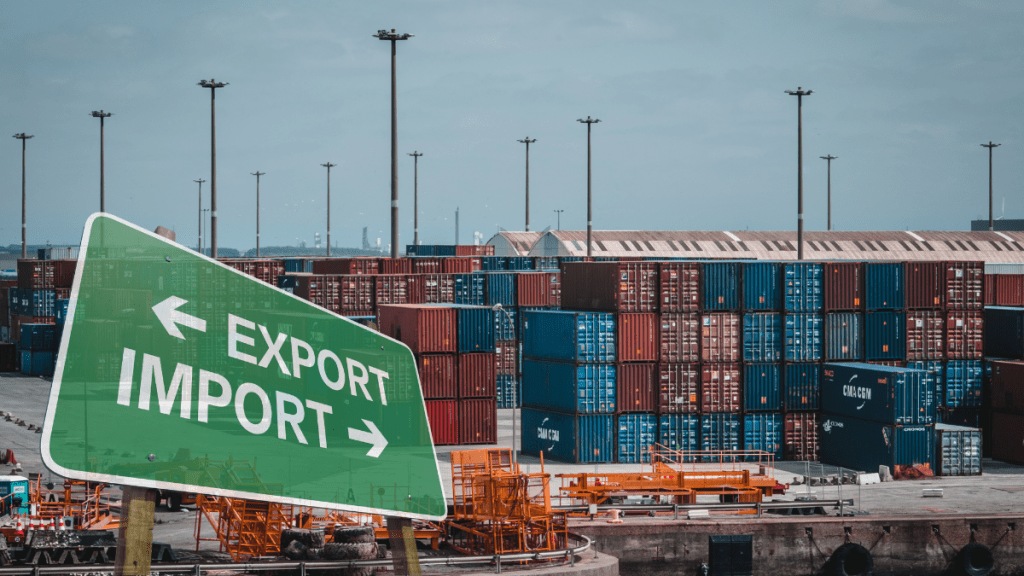To remain competitive in the US market, exporters from several sectors have sought the government’s support in the form of higher budget outlays for export promotion schemes and a revival of a scheme to reduce the interest outgo on capex and working capital loans. The move comes in the wake of a tariff difference of 5-10% with the key countries competing with India in theUS market, after the latest set of announcements by president Donald Trump.
According to sources, at a meeting with exporters from apparel, engineering, agriculture, food-processing and seafood sectors in Mumbai on Saturday, commerce and industry minister Piyush Goyal sought views from them on dealing with the emerging situation.
While India will be facing 25% additional duties in the US, Vietnam, Bangladesh, Indonesia, Malaysia, Cambodia have got 19% to 20% reciprocal tariffs.
Interest equalisation, RoDTEP enhancements proposed
“If India wants to retain its presence in the US market immediate steps will be needed to blunt the impact of 5% to 10% tariff difference. The support can come in the form of increased allocation to export promotion schemes and re-introduction of Interest Equalisation Scheme (IES)” president of Federation of Indian Export Organisations (FIEO) S C Ralhan.
Some of the impact can be absorbed by exporters and buyers in the US and with the government’s help the gap can be fully filled, he added..
There has been a long-pending demand of the exporters to revive the Interest Equalisation Scheme (IES) that ended on 31 December 2024. The scheme used to provide a 3% subsidy on pre and post shipment credit but now exporters want this scheme to provide a 5% subsidy. It reduced the cost of credit for exporters and brought them at par with the competitors where interest rates are much lower and in some cases almost half of what they are in India.
According to exporters, in India, interest rates range between 8% to 12% or even more, depending on the spread and risk assessment of the borrower. In competing countries the central bank rates are currently at 3.1% in China, 3% in Malaysia, 2 % in Thailand and 4.5 % in Vietnam.
PLI push, sector-specific relief debated
In this year’s budget the Export Promotion Mission (EPM) was announced and the interest equalisation will be subsumed under the scheme. The work on EPM is on. Other options suggested by exporters was to increase the rate of tax refund under the Remission of Duties and Taxes on Exported Products (RoDTEP) Scheme and Remission of Duties and Taxes on Exported Products (RoSCTL) Scheme which is for the apparel sector. It is the apparel sector that is most vulnerable to reciprocal tariffs. The RoDTEP covers 10,500 products and refund rates range from 0.3% to 3.9%.
When it was functional the interest subsidy scheme used to cost around Rs 2500 crore a year while outgo for RoDTEP in 2025-26 is expected to be Rs 18,233 crore.
The issue with deepening these benefits will be that it will have to be extended for all countries and cannot be country-specific, founder of trade policy think tank Global Trade Research Initiative (GTRI) Ajay Srivastava said.
Another demand of some exporter groups was to have a PLI-like scheme for the export sectors. Srivastava said that the scheme like PLI would benefit only selected companies and leave overall exports untouched.
He had earlier said that due to the impact of additional tariffs India’s exports to the US may come down by 30% this financial year to $ 60.6 billion from $ 86.5 billion in 2024-25. In April-June of this financial year merchandise exports to the US were up 22.2% to $ 25.5 billion.
The duties announced by Trump will be applicable on shipments going out after August 7. Cargoes leaving the ports before the August 7 deadline and received in American warehouses before October 5 will be charged a baseline tariff of 10%.
